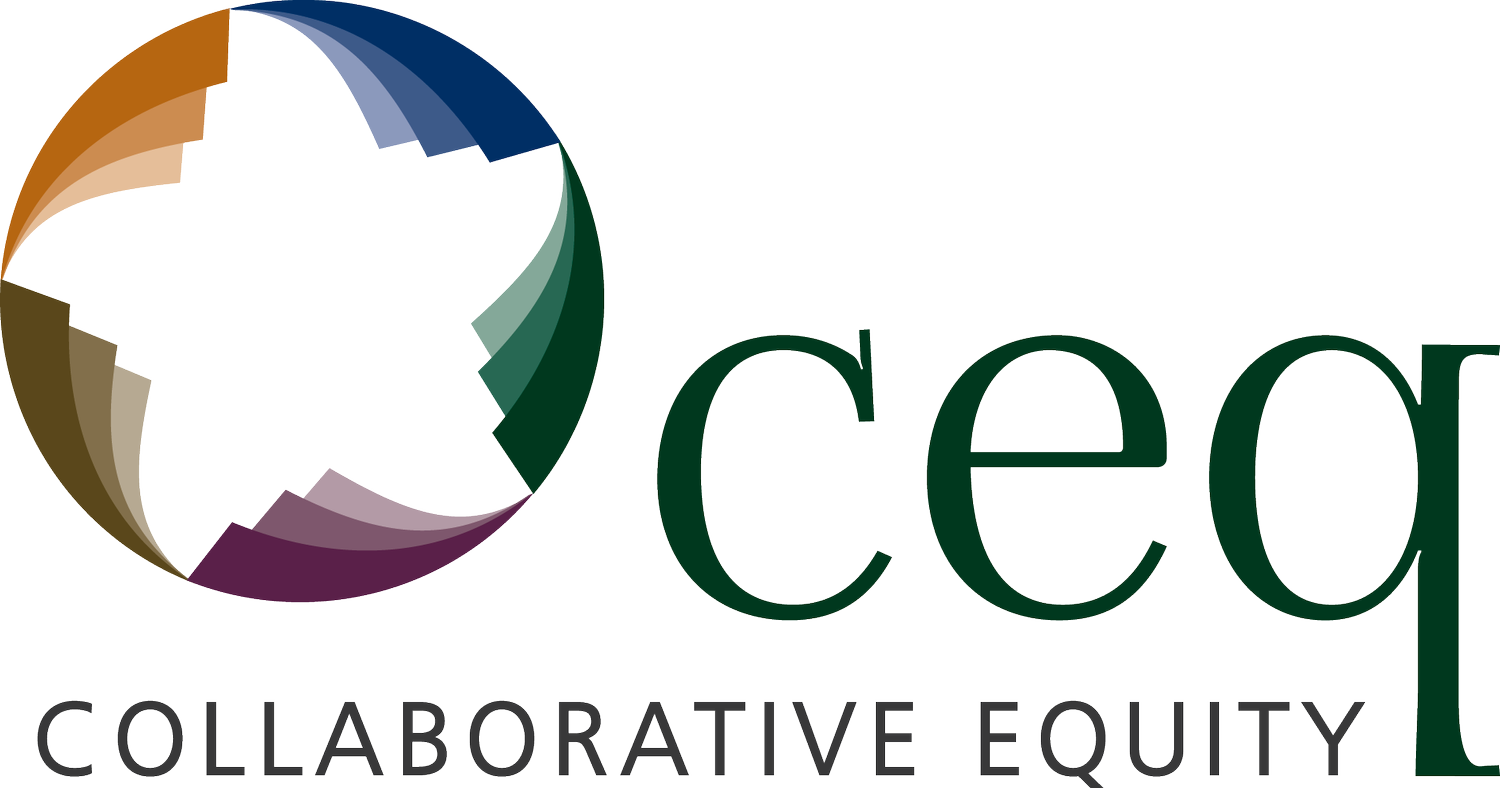Promoting Positive Learning
/The reason we are so successful as a species is that over the last 200,000 years we’ve developed an incredible system for learning. There is the conditioned learning that goes on in the Limbic system, where with sufficiently repeated stimuli, a specific input or event can trigger an automatic instinctive response. The work of Ivan Pavlov[gareth@ce1] is the most widely known in this area, where he was able to trigger conditioned responses in animals by them repeatedly associating an outcome with an input—the most famous experiment was where he could get his dogs to salivate at the sound of a bell, by giving them a number of repetitions of the bell being linked to the arrival of food. Pavlov’s work on ‘classical conditioning’ set the groundwork for present day behavior modification practices.
But we humans have developed a much more sophisticated method of learning skills and of taking advantage of the incredible manual dexterity we possess.
We’re always learning – but are we learning positively or negatively?
There is a clear difference between negative, conditioned learning through our repeated limbic responses to fear, and the positive and creative learning from conscious practicing of new skills.
Our neo cortex is separated into, being incredibly simplistic, front and back. Our frontal lobe or more precisely our pre-frontal cortex is where we can consciously take in information from all our senses, think about it, chew over it, maybe discuss it with others, compare it to other data including what’s in our memory banks, strategise over it, prioritise it, and decide to take an action. This is the part of the brain that makes us human and it is a conscious process or function that no other animal on the planet possesses.
And then through a process of repetition and iteration, the emotional part of our brain, our limbic system takes over and we move the motor processes into our muscle memory - our bodies take over and the skill is now available to us without thinking. I say skill and of course it is, but actually what it has become is habit.
Let me take you back to the very first time you sat in a car to learn to drive. How does anyone do this? It’s unbelievably hard. But because we’re so committed; we want it so much, we persevere, and through practice we learn—and here we are now in a position where we can drive a car while thinking about something else. And for those gamers amongst you, how do you ‘learn’ how to advance to the next stage of the game? Yes, you die countless times, and each time you die you learn something that helps you make at first big and then ever more refined adjustments to your skills. When we are learning positively, our good friend Dopamine rewards our efforts. We learn through feedback, or consequences, and so that feedback has to have a purity and an unsanitised honesty. We learn because the consequences of our mistakes are painful to us and we do not wish to repeat the discomfort. Or we learn because we try something and magically it works and so we calibrate our actions and behaviours accordingly.
We learn through watching great role models and seeking to emulate them, by doing, from feedback, from working things out for ourselves (planning, strategizing, experimenting) – but we also learn by being taught. I frequently use the term ‘teacher’ to encompass every corporate role I’ve ever had, since I’ve spent so much of my time fundamentally being an educator.
We teach by informing, by coaching (helping people structure their own thought processes), by role modelling, by observing and giving feedback, and sometimes by simply directing (do this and I promise you it will work!) How much time are you spending teaching people things? What do your people need educating in?
You can see people learn – the evidence is right there in front of us if we’re paying attention. We have the human relationship skill of knowing whether someone is learning negatively or positively. We can see if someone is scared, pressured, running adrenaline and cortisol, and therefore in the mode of learning negatively. And we can see if someone is open, trusting, excited to take an experimental step or try something new. We can see it and we can feel the difference. So we have no excuse for presiding over negative learning and pretending we didn’t know what we were doing. When we see negaitive learningwe need to change our state, re-build trust, ask some questions, give some encouragement, and start the positive learning loop.
Recommended Article - We’re Always Learning
About the Author:
Gareth Chick is a 40 year corporate veteran with a global profile. His career has included hugely successful spells as CFO, CEO and Chairman in both public and private sectors, including private equity. What makes Gareth's experience unique is that he combined those executive roles with a part time career as a leadership trainer, researching psychology, neuroscience and psychotherapy to create leadership development programmes used now by many major global corporations. In the last 15 years Gareth has trained over 5000 managers and served as Executive Coach to over 200 senior execs including FTSE100 CEOs and Fortune 500 VPs. As Founder of Collaborative Equity LLP, “promoting corporate cultures and sustainable business models of shared ownership, shared responsibility and shared rewards", Gareth acts as consultant to many global leaders, specialising in first time CEOs and Start Up founders. ↠ find out more at ceq.com


